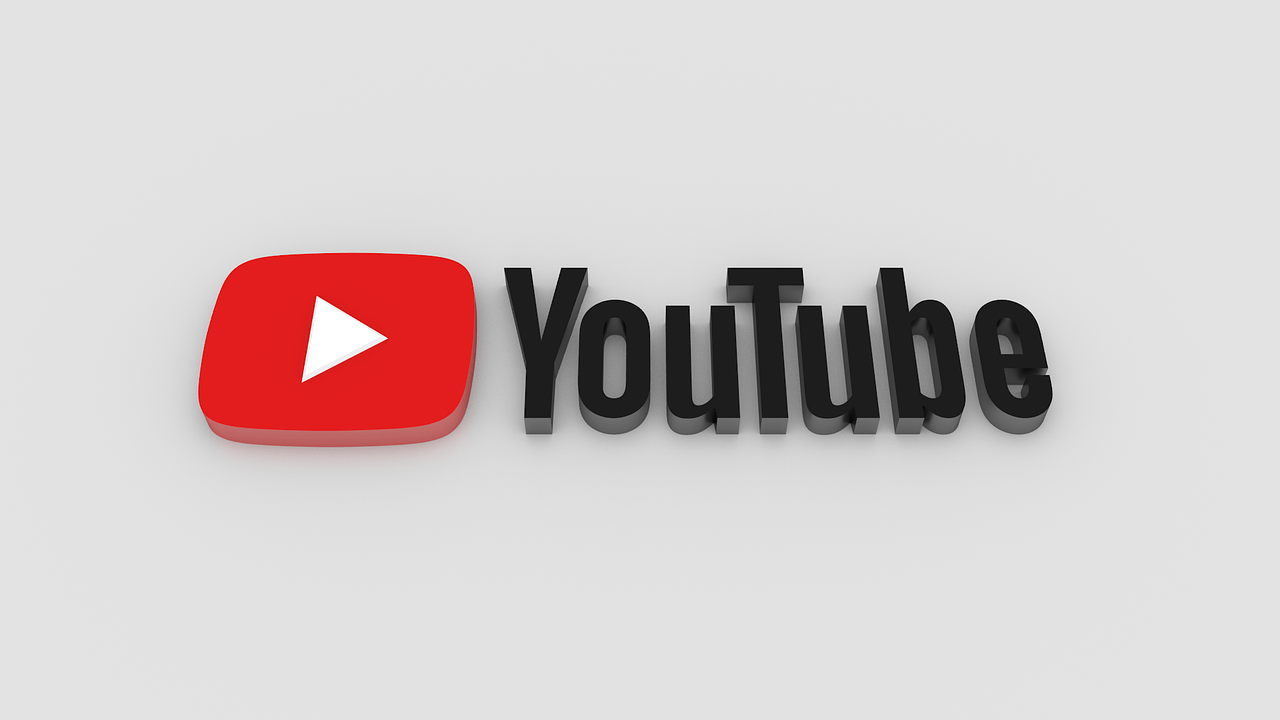YouTube has become a go-to platform for millions of creators to showcase their talent and earn money. If you’ve been creating content on YouTube, you’ve probably heard about the YouTube Partner Program (YPP). This program helps creators monetize their content through ads, memberships, and other revenue streams. But the big question remains: what is the YouTube Partner Program pay rate?
In this blog, we’ll take a closer look at how the YouTube Partner Program pay rate works, how much you can earn, and what factors influence your revenue. Whether you’re just starting out or looking for ways to grow your income, this guide has you covered.
What is the YouTube Partner Program?
The YouTube Partner Program is YouTube’s official monetization platform. Once you become a part of this program, you can start earning money from ads displayed on your videos. This partnership allows creators to share ad revenue with YouTube.
To join the program, you must meet a few eligibility criteria:
- Your channel must have at least 1,000 subscribers.
- Your content must have at least 4,000 watch hours in the past 12 months or 10 million Shorts views in the last 90 days.
- You need to follow YouTube’s monetization policies and live in an eligible region.
If you meet these requirements, you can apply and start earning money. But understanding the YouTube Partner Program pay rate will help you set realistic expectations.
How Does YouTube Pay Creators?
Once you join the YPP, YouTube pays creators based on a revenue-sharing model. Here’s how it works:
- Ad Revenue: YouTube runs ads on your videos and pays you a percentage of the earnings. Generally, creators receive 55% of the ad revenue, while YouTube keeps 45%.
- YouTube Premium: If YouTube Premium members watch your content, you get a share of their subscription fee.
- Memberships: Fans can pay for channel memberships to access exclusive content.
- Super Chats and Super Stickers: During live streams, viewers can pay to have their messages featured.
Among these, ad revenue is the most common and significant way to earn money. This is why the YouTube Partner Program pay rate for ads is a hot topic among creators.
Factors That Affect the YouTube Partner Program Pay Rate
Many factors influence how much you get paid as a YouTube creator. Here are the most important ones:
1. CPM (Cost Per Mille)
CPM stands for “Cost Per 1,000 Impressions.” It determines how much advertisers pay YouTube to show their ads 1,000 times. However, creators only earn a portion of this.
The CPM can vary widely based on the following:
- Niche: Videos in finance, technology, and business tend to have higher CPMs compared to entertainment or gaming.
- Audience Location: Ads viewed in countries like the US, UK, or Canada generally have higher CPMs.
- Ad Type: Skippable and non-skippable ads have different rates.
2. RPM (Revenue Per Mille)
RPM tells you how much you actually earn per 1,000 views. This metric takes into account all your revenue sources, like ads, memberships, and Premium views.
For example, if your video gets 10,000 views and earns $30, your RPM is $3. Understanding RPM helps you estimate your earnings more accurately.
3. Ad Engagement
The more viewers engage with ads, the higher your earnings. Ads that get clicks or views tend to pay more.
4. Video Length
Videos longer than 8 minutes allow you to place multiple ads, which can significantly boost your earnings. Shorter videos generally earn less.
5. Content Quality
High-quality content attracts more viewers and advertisers. YouTube prioritizes videos that keep audiences engaged, so creating valuable content can improve your pay rate.
How Much Does YouTube Pay Per 1,000 Views?
Now, let’s break it down further. Creators often wonder, “How much can I earn for every 1,000 views?”
On average, creators earn between $1 and $5 per 1,000 views. However, this depends on the factors mentioned above.
For example:
- A tech video targeting US viewers might earn $6 to $10 per 1,000 views.
- An entertainment video targeting global audiences might earn around $1 to $3.
It’s important to note that YouTube’s pay rate is not fixed. It fluctuates based on demand, competition, and ad availability.
How to Maximize Your YouTube Partner Program Pay Rate
If you’re not happy with your earnings, there are plenty of ways to increase your pay rate. Here are some actionable tips:
1. Choose a High-CPM Niche
Topics like personal finance, education, and technology tend to have higher CPMs. If you can create content in these niches, you’ll earn more.
2. Target a Global Audience
Focusing on countries with high-paying advertisers, like the US, UK, and Canada, can boost your earnings.
3. Create Longer Videos
Videos over 8 minutes allow for multiple ads, increasing your ad revenue.
4. Improve Viewer Engagement
Encourage viewers to watch your videos fully, as this increases ad impressions. Interactive content, like polls and live streams, can also improve engagement.
5. Optimize for SEO
Use relevant keywords in your video titles, descriptions, and tags to attract more viewers. Keywords like “YouTube Partner Program pay rate” can help your videos rank better.
6. Diversify Your Revenue Streams
Don’t rely solely on ad revenue. Explore channel memberships, merchandise, and affiliate marketing.
How Do YouTube Shorts Pay Creators?
With the rise of YouTube Shorts, many creators are curious about how Shorts contribute to their earnings. As of now, Shorts are also eligible for monetization through the YPP.
Here’s what you need to know:
- YouTube shares revenue from ads that run between Shorts.
- Creators are paid based on their share of total views.
- You need at least 10 million Shorts views in 90 days to qualify for the YPP.
Although the pay rate for Shorts is lower compared to regular videos, it’s still a great way to earn.
Conclusion
The YouTube Partner Program pay rate can vary, but understanding how it works helps you make smarter decisions as a creator. Whether you’re earning through ad revenue, memberships, or YouTube Premium, there’s always room to grow your income.
Focus on creating high-quality, engaging content that appeals to a valuable audience. Explore multiple revenue streams, optimize for SEO, and stay consistent. With time and effort, you’ll see your YouTube earnings grow.
If you’re serious about turning YouTube into a reliable income source, keep experimenting, learning, and improving. The opportunities are endless!
For further reading, explore these related articles:
For additional resources on music marketing and distribution, visit DMT Records Pvt. Ltd..






